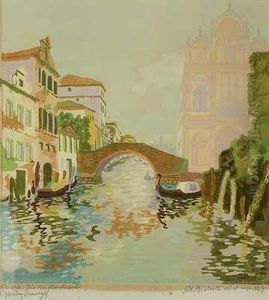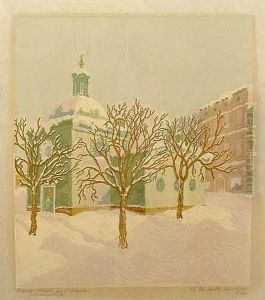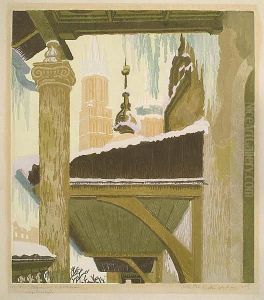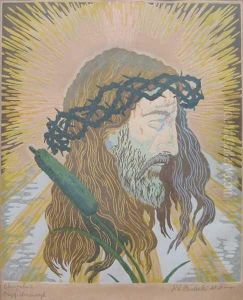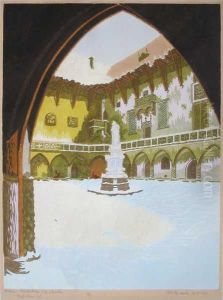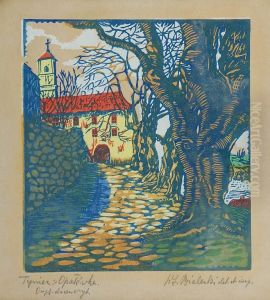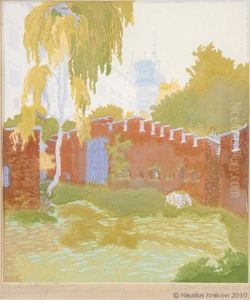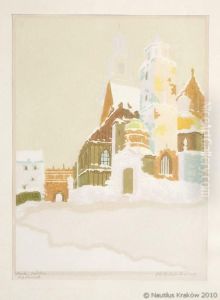Wladyslaw Bielecki Paintings
Wladyslaw Bielecki was a Polish artist, born in 1869 and passing away in 1918. His life spanned a period of significant political and social change in Poland and Europe, including the partitions of Poland and World War I. Bielecki's artistic journey reflects a deep engagement with the cultural and national identity of Poland during a time when its sovereignty was under threat.
Bielecki was educated in the arts during a time when Polish artists were actively seeking ways to express their national identity through art. This was a period when many artists were involved in the struggle for Poland's independence, using their work as a form of political and cultural resistance. Bielecki, while not as widely known as some of his contemporaries, contributed to this movement through his paintings, which often depicted scenes of Polish life, history, and landscapes. His work is characterized by a realism that captures the essence of the Polish spirit, with a particular focus on the beauty of the Polish countryside and the resilience of its people.
Throughout his career, Bielecki faced the challenges of living and working in a country under foreign domination. Despite these challenges, he managed to gain recognition for his work, participating in exhibitions and contributing to the artistic community in Poland. His art serves not only as a testament to his personal talent but also as a reflection of the broader struggle for Polish independence and the preservation of Polish culture.
Wladyslaw Bielecki's death in 1918 came at a pivotal moment in Polish history, the end of World War I and the eve of Poland regaining its independence after 123 years of partitions. Although he did not live to see Poland's resurrection as a sovereign nation, his works remain as a poignant reminder of the cultural and national aspirations of the Polish people during a time of great upheaval. Today, Bielecki's legacy is preserved in Polish museums and collections, where his contributions to the Polish art scene and the broader narrative of Polish resistance and resilience are celebrated.
